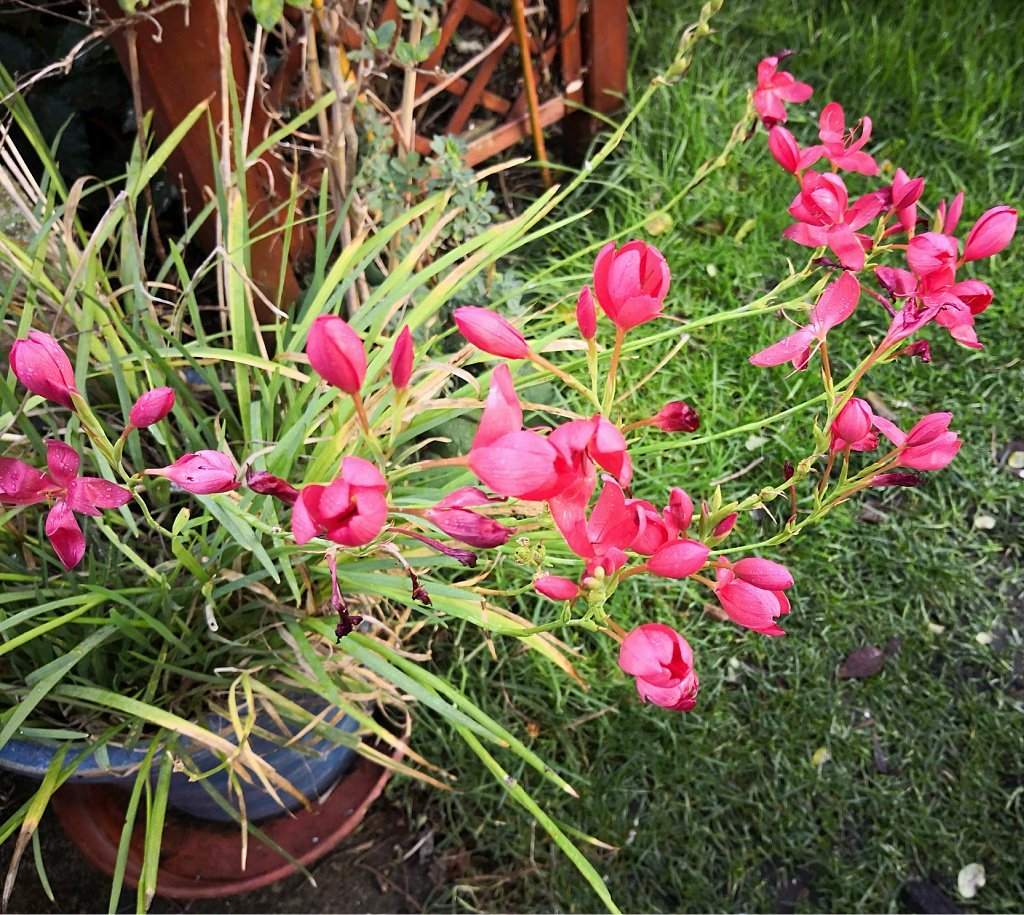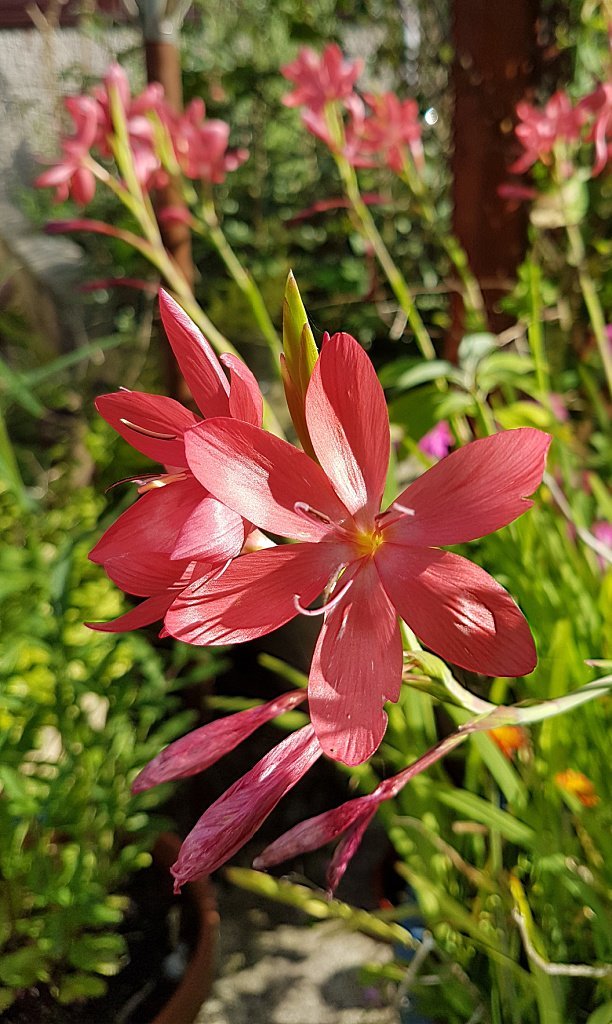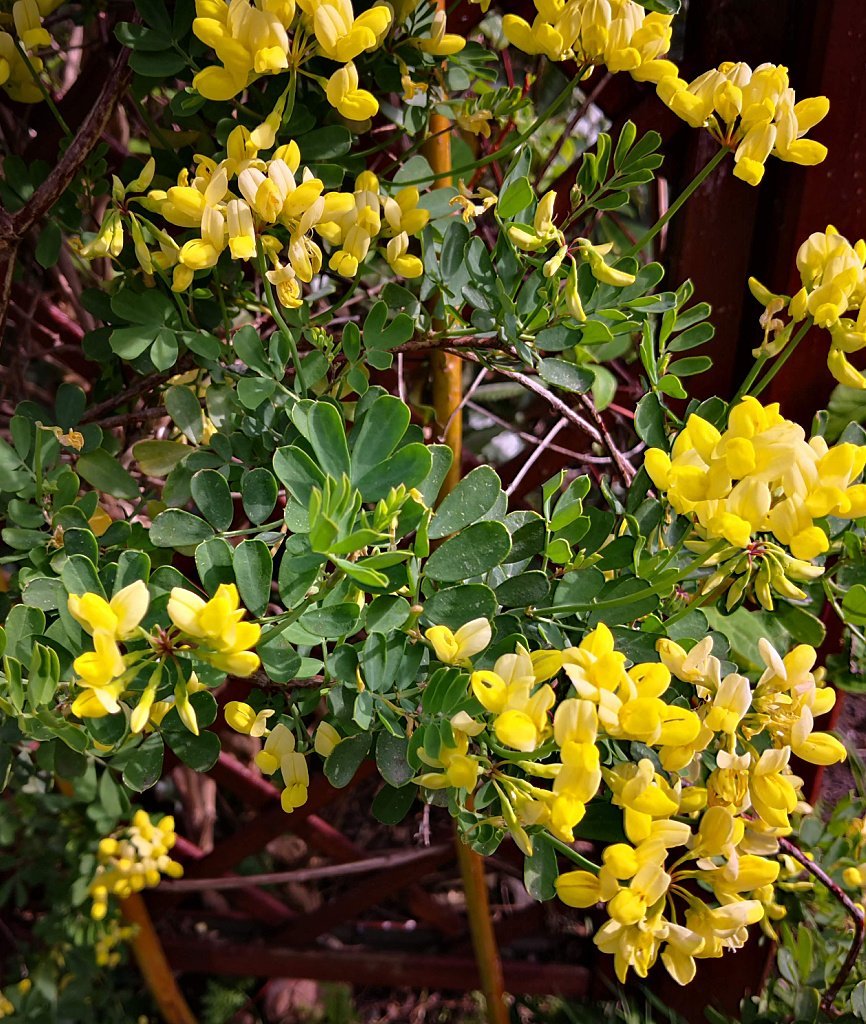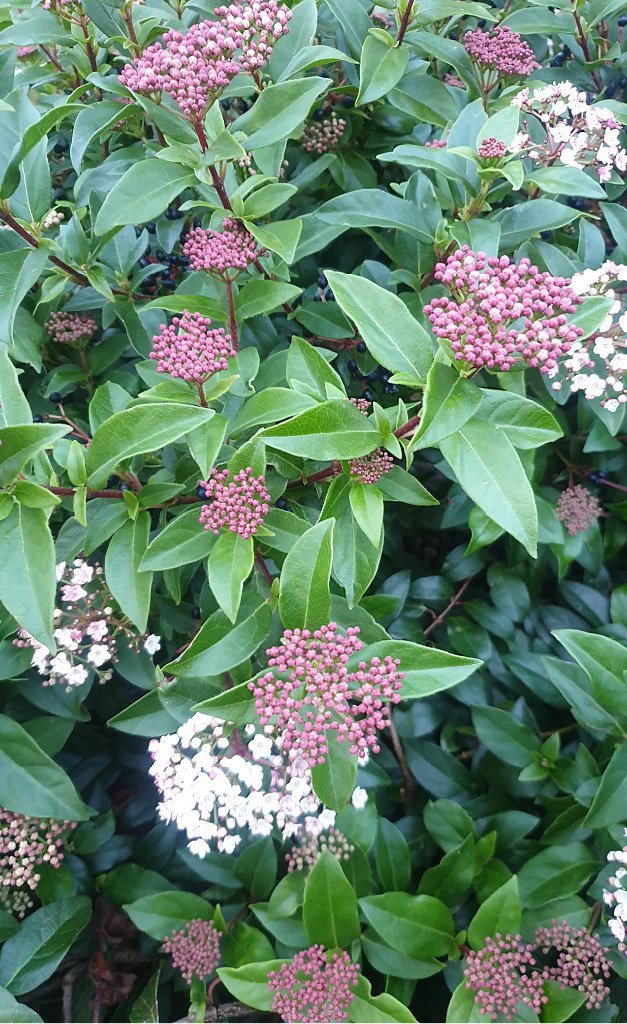Best flowering shrubs and plants for winter colour.
When it comes to winter colour and winter flowering shrubs in the garden, my dad, years ago, used to shake his head and utter dire predictions if I mentioned I had been out on the plot, say, any time after October’.
‘Oh, dinna ging intae the gairden in the winter. Ye’ll catch yer death…’
Mind you, he said I’d ‘catch ma death…’ if I so much as left the house as a teenager without drying my hair…
The charm of the garden under frost. Nope
If you turn to gardening magazines at this time of year, they are full of idealistic pieces about the charm of the garden when frost is on the ground – as well as beguiling pictures of winter flowering shrubs.
Now, I have thought about this a lot. I hope you don’t mind this confession, but I can see no advantages to deid o’ winter gardening whatsoever. So in that sense, dad was right.
And I do remember, years ago, after a night of hard frost, I even saw an old neighbour take a pick to his vegetable plot so he could prise out a neep from the yird, as his wife was making broth!
No, winter gardening might be fine for the warm south, but hereabouts the best way to garden between, say, November and February, is to sit inside, with a fistful of seed catalogues, making plans for next year.
Sure, as you pull your chair a wee bit closer to the fire, I’ll allow you to enjoy your garden in
retrospect. Think about the taste of the first new tatties, or the sunny afternoon you spent on the sun lounger enjoying the scent of the freshly clipped hedge. Now that’s gardening!
Having advised you to stay indoors till, oh, about March at the earliest, there are some of my favourite plants that don’t quite get it when it comes to the dead season.

Winter flowering shrubs and plants
The one that springs to mind first is Schizostylis coccinea (also Hesperantha coccinea as saying ‘Schizostylis‘ out loud can sound like a cold symptom).
It used to be sometimes called ‘k-word’ lily but no longer as the ‘k-word’ represents a deeply offensive and racist word in the plant’s native South Africa (and derived from an Arabic word meaning ‘infidel’).
I only mention this in case you come across it in an old gardening publication. Its other and acceptable name is ‘river lily’.
Anyway, this is a plant that is easier to grow than to spell. And, as you can guess, the shade differences are all varieties of one species, S. coccinea. (The deep reds are the best IMHO!)
I got my first clump from an old lady gardener. (Why do old ladies keep giving me bits of their garden?) She treated them with care, giving them a bit of protection in the winter. These ‘lilies’ are one of those species that some books will say are perfectly hardy and some say that they are on the tender side.

It’s summer in South Africa
Just when the big displays are over, when the nights are getting chilly and the days short, these fragile looking pink or red blooms start to put in their appearance.
But the most remarkable thing about them is their flowering season. Perhaps they still think they are in the southern hemisphere.
They are a bit like scaled-down gladioli and I really feel like having a quiet word with them about when they choose to flower.
September is early, November is common, while December is not unheard of.
I used to keep a tub or two of them in the unheated greenhouse to give them a bit of protection. I always felt sorry for them as I slid the door back on a cold winter’s morning to find their red petals lighting up the gloom.
Either because my present garden is near the sea or because of that global warming thing, but in recent years, my red lilies have thrived with hardly any protection. It looks like they are not as delicate as the books say.
They soon form substantial clumps with tangled roots easily divided, if you want to give some away. (Though I’m not implying that that makes you an old lady or anything…)
Given their preference for damp places and rich soil, I was mystified to find a clump of them come up through the gravel by the front door one year, where they gave quite a good display for weeks on end.
Then I remembered I had stood a tub of them nearby last autumn. Presumably they had seeded themselves and adapted to the unfriendly conditions – just another example of a plant not reading the proper books and doing something unexpected.
But, overall, this is a stunning plant for the winter garden.
Bastard Senna. No, really…

And from red to yellow: my current favourite winter flowering shrub has to be Coronilla valentina subsp. glauca ‘Citrina’
It is – I am told – sometimes called the ‘Bastard Senna’ and I suggest you refer to it as that if you want to go for the cheap laugh. I know I would.
This is just a stunner. The shrub has evergreen glaucous leaves and a determination to put out these showy creamy (or lemony) yellow flowers and ignore the weather.

The blooms seem to last for months. And they’re scented as well. I mean, it’s horticultural overkill.
They start to flower even before the darkest days of winter, overlapping with the red lilies above – at least they do in my garden. (I just checked…the date is 26th October and both are starting to flower. Citrina will go on through to April, at least.
I give mine a bit of protection, in as far as its sheltered from the north and actually growing below a trellis-arch-thing, festooned with miserable honeysuckle. (Not overselling the garden here, am I?)
But it’s a real golden glow when much else is in winter gloom. Especially me.

Another hardy flowering shrub for winter
As an afterthought, here’s another fine shrub that hasn’t read the right gardening books, all of which say Viburnum tinus flowers late winter into spring.
This picture was taken on the 24th October – an autumn flowering for sure.
Viburnum ‘Bodnantense’ is a famous winter flowering shrub too, with its scented blooms. Take a look at it under reliable shrubs.
